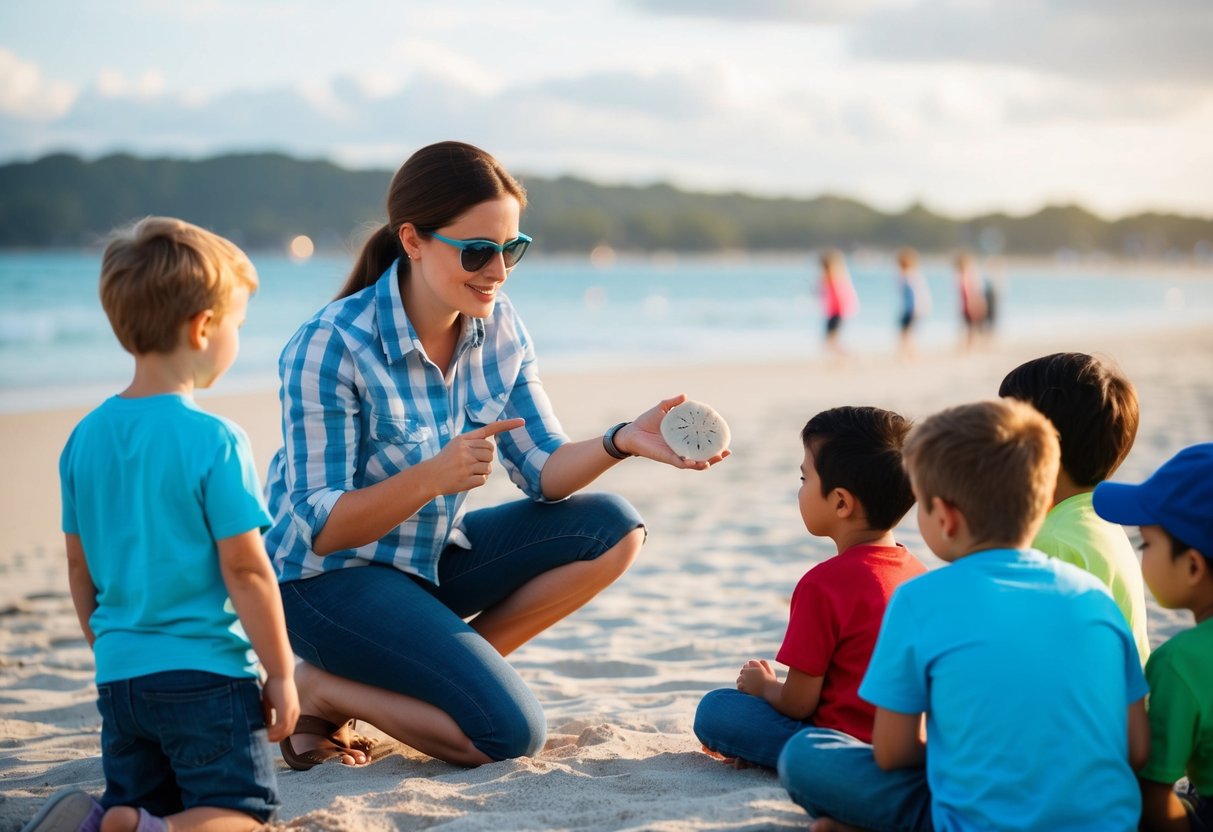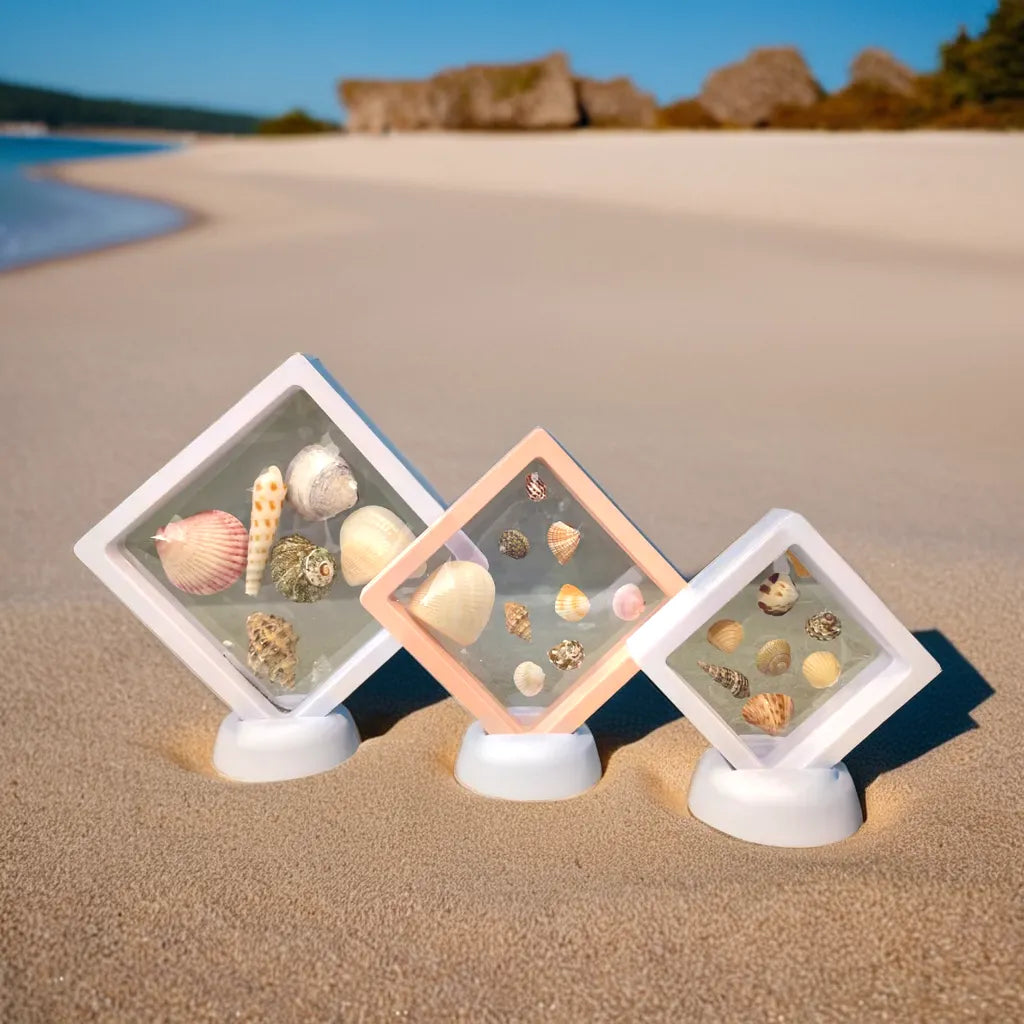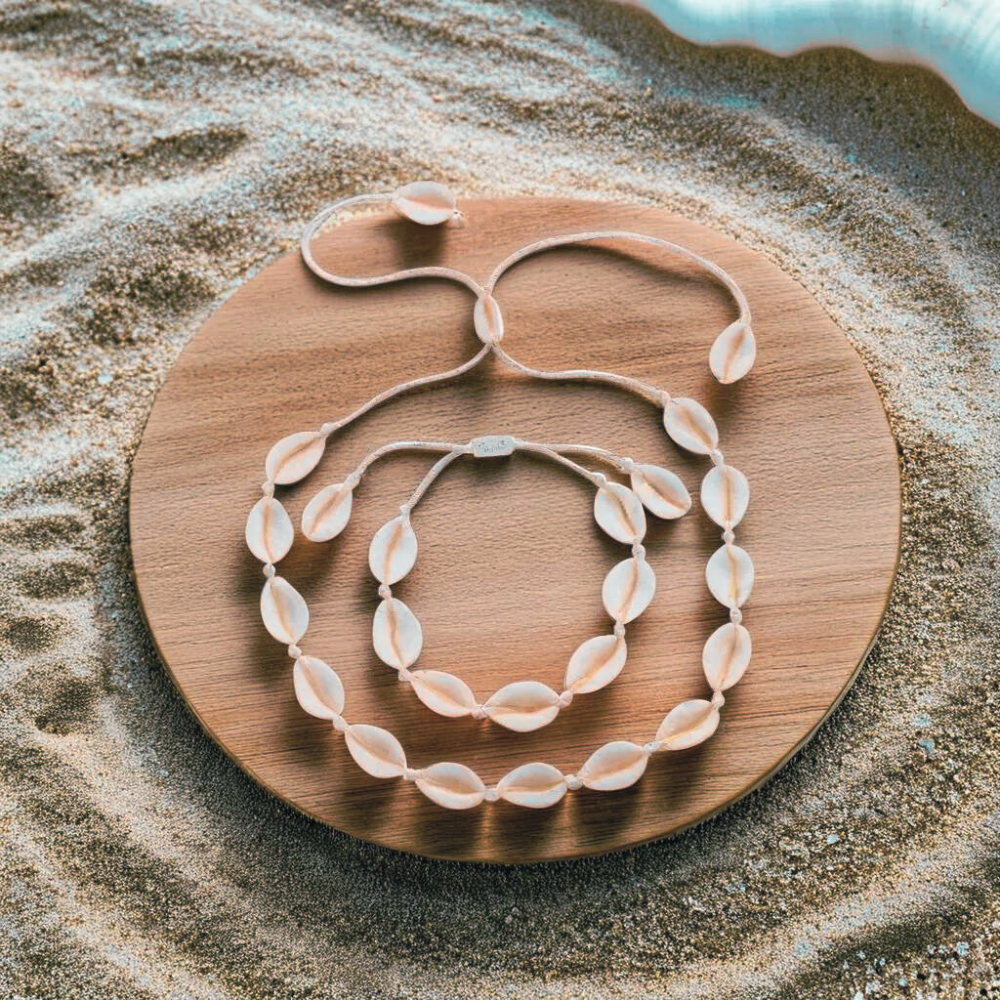Teaching kids about sand dollars can be a fun and engaging experience. By exploring the unique features and habitats of these fascinating creatures, children can deepen their understanding of marine life. Sand dollars are special types of sea urchins that live on sandy ocean floors, often found in the Northern Hemisphere. Learning about their biology and role in the ecosystem helps kids connect with nature and appreciate the environment.
 Hands-on activities, like beachcombing or creating crafts from sand dollar outlines, make the learning process interactive. Kids will not only enjoy discovering these creatures but also learn important lessons about conservation and the ecosystem. Bringing the beach experience to the classroom fosters a love for science and nature.
Through observation and creative projects, children can grasp the life cycle of sand dollars and their significance in the ocean. This combination of knowledge and fun enhances their curiosity about marine life and encourages them to care for the environment.
Hands-on activities, like beachcombing or creating crafts from sand dollar outlines, make the learning process interactive. Kids will not only enjoy discovering these creatures but also learn important lessons about conservation and the ecosystem. Bringing the beach experience to the classroom fosters a love for science and nature.
Through observation and creative projects, children can grasp the life cycle of sand dollars and their significance in the ocean. This combination of knowledge and fun enhances their curiosity about marine life and encourages them to care for the environment.
 Sand dollars go through distinct stages in their life cycle. From reproduction to their growth stages, each step is vital for their development and survival.
Sand dollars go through distinct stages in their life cycle. From reproduction to their growth stages, each step is vital for their development and survival.
 Finding sand dollars in their natural habitat can be exciting. Learning how to spot them and recognizing signs of life can help kids connect with marine life.
Finding sand dollars in their natural habitat can be exciting. Learning how to spot them and recognizing signs of life can help kids connect with marine life.
 Hands-on activities, like beachcombing or creating crafts from sand dollar outlines, make the learning process interactive. Kids will not only enjoy discovering these creatures but also learn important lessons about conservation and the ecosystem. Bringing the beach experience to the classroom fosters a love for science and nature.
Through observation and creative projects, children can grasp the life cycle of sand dollars and their significance in the ocean. This combination of knowledge and fun enhances their curiosity about marine life and encourages them to care for the environment.
Hands-on activities, like beachcombing or creating crafts from sand dollar outlines, make the learning process interactive. Kids will not only enjoy discovering these creatures but also learn important lessons about conservation and the ecosystem. Bringing the beach experience to the classroom fosters a love for science and nature.
Through observation and creative projects, children can grasp the life cycle of sand dollars and their significance in the ocean. This combination of knowledge and fun enhances their curiosity about marine life and encourages them to care for the environment.
Key Takeaways
- Sand dollars are unique sea creatures that live on sandy ocean floors.
- Interactive activities help children learn about marine life effectively.
- Understanding sand dollars promotes awareness of ocean conservation.
Understanding Sand Dollars
Sand dollars are unique marine animals that belong to the sea urchin family. They have specific biological traits and live in certain environments that help them survive. This section explores the biology of sand dollars and where they can be found.Biology of Sand Dollars
Sand dollars are flattened, disk-shaped invertebrates. They have a hard outer skeleton called a test, which protects their body. This test is often light grey or green in color and resembles a coin when dry. Physical features:- Mouth Location: The mouth is on the bottom side for feeding.
- Digestive System: They possess a simple digestive system including an esophagus and stomach.
Habitat and Distribution
Sand dollars are primarily found in the Northern Hemisphere. They inhabit coastal areas, especially in temperate and tropical regions. The most common species, Echinarachnius parma, lives in the intertidal zone and can be found at various depths. Key locations include:- Beaches
- Ocean floors
The Life Cycle of Sand Dollars
 Sand dollars go through distinct stages in their life cycle. From reproduction to their growth stages, each step is vital for their development and survival.
Sand dollars go through distinct stages in their life cycle. From reproduction to their growth stages, each step is vital for their development and survival.
Reproduction
Sand dollars reproduce by releasing eggs and sperm into the water during the breeding season, which is usually in spring and summer.- Fertilization occurs when these gametes meet in the ocean.
- A fertilized egg develops into a free-swimming larva called a pluteus.
Growth Stages
Once they settle, sand dollar larvae undergo changes.- Juvenile Stage: They begin as small, flat organisms and start adapting to their sandy or muddy habitats.
- Adult Stage: As they grow, sand dollars can reach sizes of three to four inches (7.62 - 10.16 cm). They usually live for about 8 to 10 years.
Observing Sand Dollars in Nature
 Finding sand dollars in their natural habitat can be exciting. Learning how to spot them and recognizing signs of life can help kids connect with marine life.
Finding sand dollars in their natural habitat can be exciting. Learning how to spot them and recognizing signs of life can help kids connect with marine life.
How to Find Sand Dollars
Sand dollars are often found along coastal beaches, especially in the intertidal zone. The best time to search for them is during low tide when the water recedes, exposing the sandy bottom. Look for flat, disc-shaped objects poking out of the sand. Using a small rake or your hands, carefully sift through the sand to uncover buried sand dollars. They usually blend in with their surroundings, so pay close attention to color and shape. The common sand dollar can be grey or green when alive, and they are more noticeable when they are dead and bleached white. Be sure to wear water shoes to protect feet from sharp objects while exploring.Signs of a Live Sand Dollar
Recognizing a live sand dollar is important for children. Living sand dollars have a velvety texture, which comes from tiny spines on their surface. These spines help them move and feed. A key feature of live sand dollars is their color. They tend to be darker, often appearing grey or green. When they are picked up, they may move slightly due to their small spines. Furthermore, if the sand dollar has a star-shaped pattern on the top, it is likely alive. When observing, it is essential to return any live sand dollar to the water gently, ensuring their safety.Sand Dollars and the Ecosystem
Sand dollars play an important role in the coastal ecosystem. They contribute to the food web and are impacted by environmental changes. Understanding these aspects helps in grasping their significance in marine life.Role in the Food Web
Sand dollars are a key part of the marine food web. They primarily feed on small particles in the sand, such as plankton and detritus. By doing this, they help recycle nutrients back into the environment. These creatures serve as prey for various animals. Many fish, sea stars, and birds eat sand dollars. Their presence supports the diets of these predators, which helps maintain balance in the ecosystem. Key facts about sand dollars in the food web include:- Primary Consumers: They feed on tiny organisms.
- Prey Species: Essential for various predators.
- Nutrient Recycling: They help break down organic matter.
Impact of Environmental Changes
Environmental changes can significantly affect sand dollar populations. Factors like pollution, rising temperatures, and ocean acidification can disrupt their habitat. When water quality declines, it impacts the food sources available to sand dollars. This can lead to reduced growth and reproduction rates. In addition, changes in temperature can affect their distribution. Warmer waters may push sand dollars to deeper areas, which could limit their access to food. Important points regarding environmental changes include:- Habitat Disruption: Pollution can degrade habitats.
- Temperature Effects: Warmer waters alter locations.
- Food Source Availability: Changes in the ecosystem impact their diet.
Handling and Preservation
When teaching kids about sand dollars, it's important to focus on how to collect and preserve these unique treasures properly. Ethical practices help protect marine life, while proper preservation allows for beautiful displays at home.Collecting Sand Dollars Ethically
When collecting sand dollars, it is essential to do so responsibly to protect their populations. Here are some guidelines:- Check Local Laws: Some areas have restrictions on collecting marine life. Always verify regulations.
- Look for Dead Sand Dollars: Collect only those that are white or bleached, as these are usually the ones that have died.
- Avoid Disturbing Habitats: Don’t disrupt living sand dollars or their environments. This helps maintain the ecosystem.
Preserving Sand Dollars for Display
After collecting, proper preservation is key to keeping sand dollars in good shape. These steps make a difference:- Clean Carefully: Rinse the sand dollar with fresh water. Avoid bleach, as it can harm their delicate structures. Instead, use a mixture of white vinegar and water or mild dish soap.
- Dry Properly: Let the sand dollars dry completely on a towel. Ensure air circulates around them to avoid moisture buildup.
- Use a Preservation Method: To display, consider coating them with a glue mixture. Use a paintbrush to apply a thin layer and let it dry before handling.
Creative Projects and Education
Teaching kids about sand dollars can be both fun and informative. Hands-on activities, such as crafts, engage children and help them learn more about these unique sea creatures. Incorporating sand dollars into various learning activities allows for creativity while reinforcing educational concepts.Crafts with Sand Dollars
Crafting with sand dollars provides children with a way to express their creativity. Kids can create beautiful decorations using natural sand dollars. They can paint and decorate the sand dollars to display at home or school. Materials Needed:- Sand dollars
- Non-toxic paint
- Paintbrushes
- Glue
- Decorative items (like glitter or sequins)
Incorporating Sand Dollars into Learning Activities
Sand dollars can be integrated into lessons on marine biology, art, and even mathematics. Activity Ideas:- Science Lesson: Discuss the anatomy of a sand dollar, focusing on their unique features and habitat.
- Math Activity: Use sand dollars to teach counting, addition, and subtraction. Kids can count their sand dollar collection and even create simple math problems.
- Art Integration: Children can draw or paint scenes featuring sand dollars and their ocean environment.




























